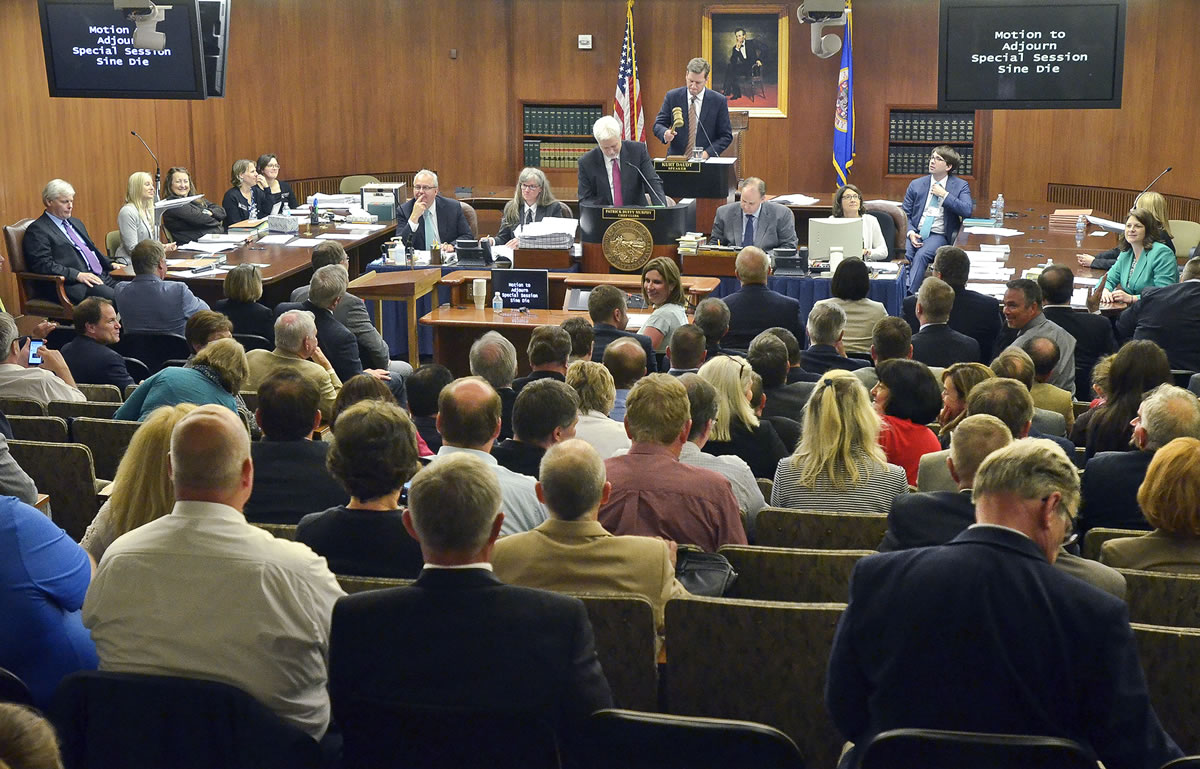

Share
Minnesota lawmakers avoided a partial government shutdown by passing several spending bills early on Saturday. Governor Mark Dayton promptly signed them.
Although lawmakers needed parts of two calendar days to complete the one-day special session called by Dayton for June 12, the House and Senate passed six bills on to the governor before adjourning the session sine die in the early morning hours of June 13.
The most controversial piece of legislation — the omnibus environment, natural resources and agriculture policy and finance bill — caused the most difficulty, but was ultimately passed with the language agreed to by Dayton and the legislative leaders before the session was called.
Lawmakers also passed the $17 billion omnibus K-12 education finance bill; the omnibus jobs and energy bill; the $540 million omnibus legacy bill; a $370 million capital investment bill; and a revisor’s bill that makes technical fixes to legislation where needed.
If the legislation had not passed, 9,500 state employees would have been laid off July 1.
Dayton said this year’s legislative session was difficult.
“Last fall, Minnesota voters chose divided political leadership for our state,” he said in a statement. “This legislative session ended in that same way: with legislators sharply divided over key issues, like the optimal amounts of taxes and expenditures, social services, and transportation improvements.
“Nevertheless, legislators achieved significant progress in providing better care and education for our youngest and most vulnerable citizens: children, who were previously considered too young for structured elementary education. Minnesotans at the other end of life will also benefit from increased funding for nursing homes, personal care attendants, and other supportive services.
“As I have noted before, a sign of true compromise is that no one is happy with it. Many compromises had to be made during this legislative session; and many people, across the political spectrum, believe it suffered from too many missed opportunities.
“One positive result, however, is that the remaining surplus, combined with the budgeted reserve and cash flow account, has left the State with a positive balance of almost $2.5 billion. It stands in welcome contrast to the financial uncertainties of recent years.”
This article contains information from Session Daily, the online publication of the Minnesota House.

